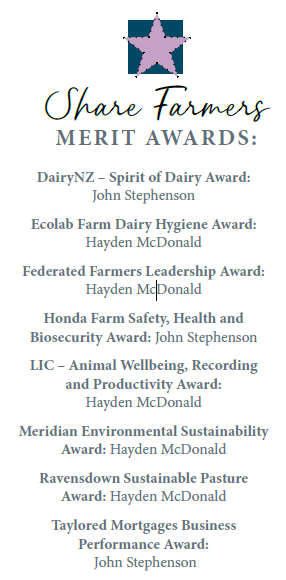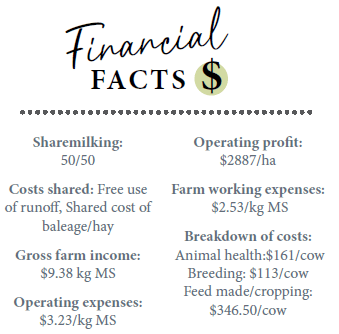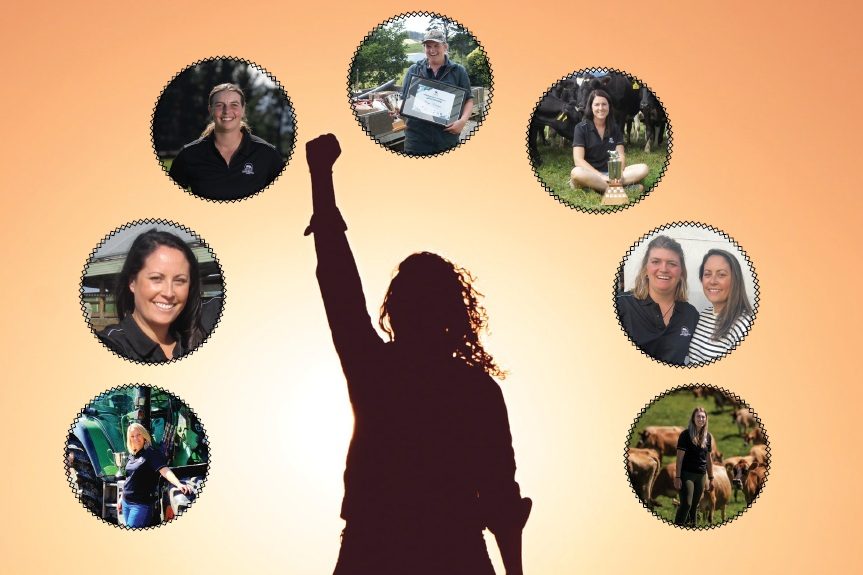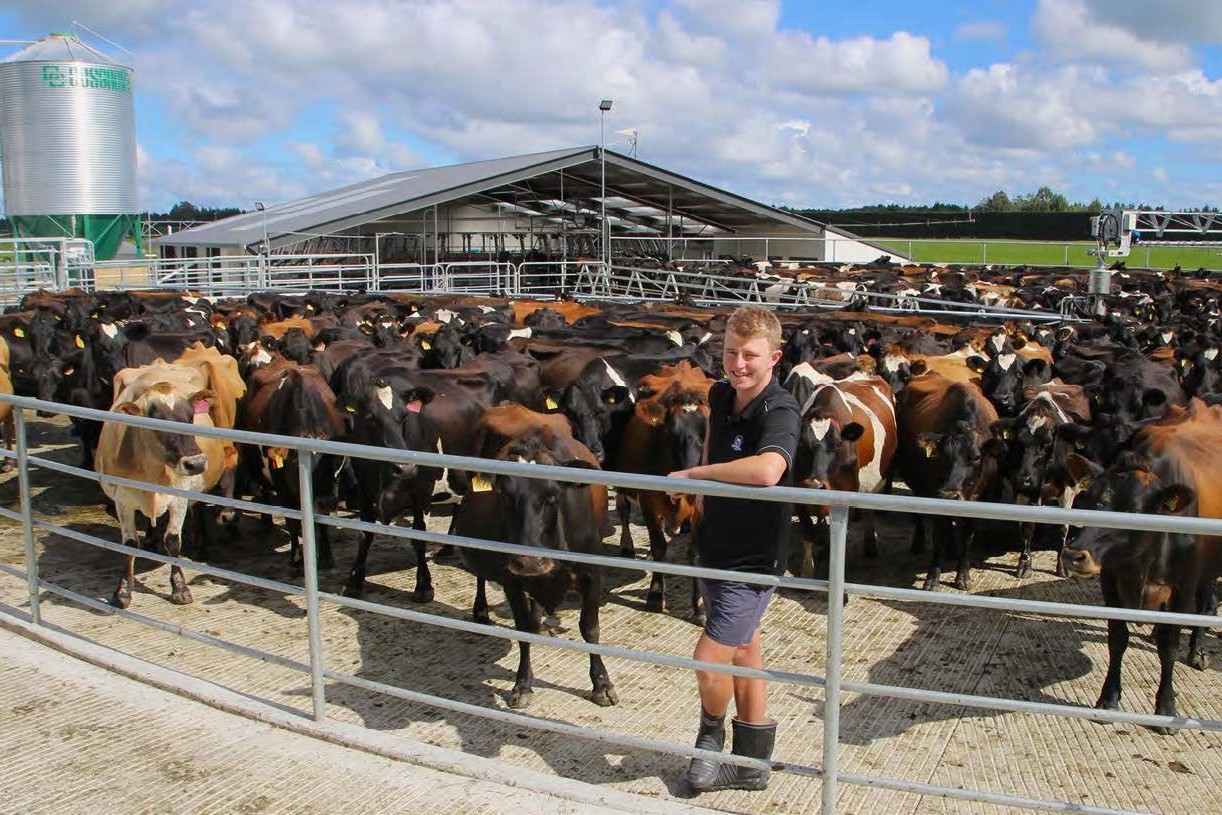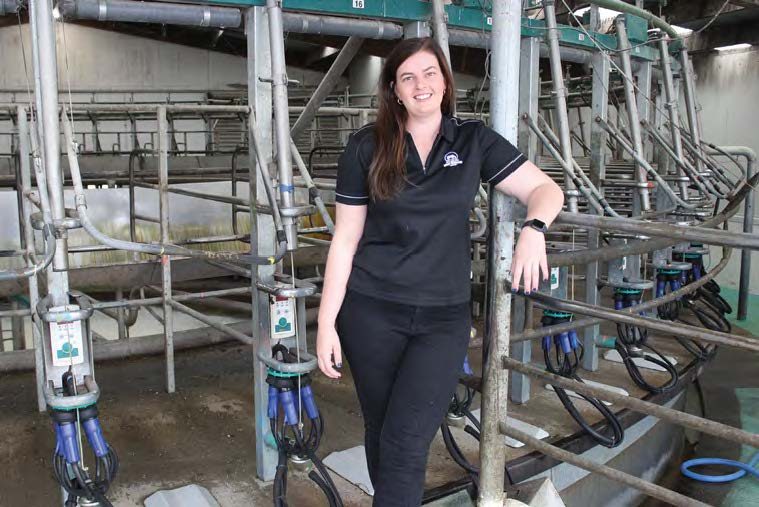A win for McCheesey
Hayden McDonald - Manawatu Share Farmer of the Year. By Jackie Harrigan.
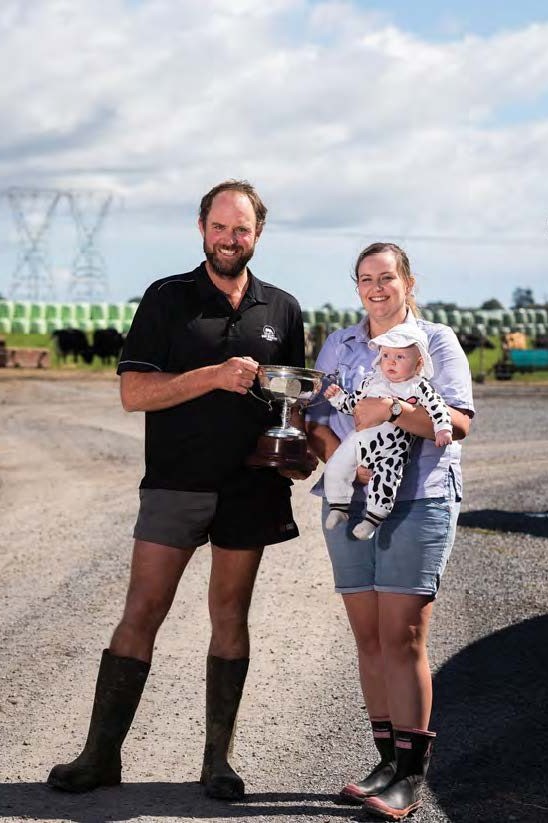
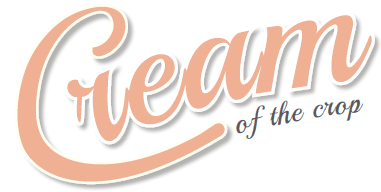
Hayden McDonald has been a dairy farmer since he started relief milking for a neighbour aged 11. His neighbour took him on in his herringbone shed, and once the first row was cupped, Hayden took over and finished the job – Craig would come back at the end having done a few other jobs.
Apart from a couple years overseas (dairy farming, of course), Hayden has farmed around the Manawatu for the past six years 50/50 sharemilking for Terry and Olive Curtis on their Aranui Road 120-hectare 340-cow unit on the outskirts of Palmerston North city.
It’s on this farm that Hayden has won the Manawatu Share Farmer of the year award for 2023.
Hayden, now 37, his partner Danielle Zentveld, and baby Arlo are very happy living on home turf just around the corner from Hayden’s parents and his first employers and would love to buy a farm in the area.
Disconcerting for Hayden is the rapid encroachment of the city with small lifestyle blocks with large houses being built all up and down the road.
“These Kairanga silt loams are the best soils in the Manawatu, and they are being covered up by big lawns and large houses – and the price per hectare is rising and rising – it is getting really impossible for young farmers to buy land.”
At 37, and with 10 years’ sharemilking under his belt, Hayden and Danielle are keen to be in the position to buy a farm in the next three years – and they are sure about what they want.
“We would love a 200-250 cow once-a-day dairy farm, fully irrigated and on a good soil type,” but he concedes that twice-a-day milking will probably be called for in the early years to reduce the debt loading.
Ideally they would love to buy the property they are sharemilking on, and have spent their time there lifting production by 15,000 kg milksolids (MS) and regrassing 80% of the platform in a ryegrass, clover, plantain and chicory mixed sward, expected to last for eight years.
After sinking a new bore in 2008, 90% of the property has been irrigated with K-lines and pasture-eaten level of 14-15 tonnes/ha is supplemented by about 700kg palm kernel per cow, fed in trailers and hay and baleage from the runoff across the road.
Calves are run there and only sent off to graze for a year at Hayden’s own 24ha block next to his parents’ place, there they receive special attention, providing a self-contained system.
Hayden says he has a great working relationship with the owner and while the shed has little technology, he appreciates the TracMap system on the quad tracking the irrigation area and would one day love in-shed feeding (for a methane-reducing feed additive in the future) and cow monitoring ear tags or collars.
“New cup removers would be ideal at some stage too.”
Hayden has achieved PrimaryITO Levels 2, 3 and 4 and cites the farm’s pasture-based system as a strength of his business. “We are very profitable and can handle the low-payout years. We also have a high-producing herd.”
Repro goals
Since buying the crossbred herd from the Curtis’s six years ago, Hayden has put lots of effort into breeding the perfect cow for his situation on the low-input farm, and he won the LIC Animal wellbeing recording and productivity award for his efforts.
He has been breeding for a fully A2/ A2 herd, and plans to be there in a few years and prefers to fully nominate the semen used over his cows for an August 1 start to calving.
Fertility, capacity, a good udder and a frame that is “not too big” are the traits he is concentrating on.
Lifting per head production over the past six years has seen an average of 500kg MS/cow, with the top 25% producing 631kg MS/year and the bottom 25% on 458kg MS/cow. Last year the two-year-old heifers averaged 437kg MS/cow.
The herd is close to the top 10% for BW/PW and this allows Hayden to sell cows he doesn’t need in-calf and in-milk, calving 360 cows and milking 340 through the season.
“I don’t really like culling cows so it’s great if they go on to perform in someone else’s herd. And it helps our stock sales figures.”
The six-week in-calf rate at McCheesey Farms (owned by McDonald) was 75% this season with an empty rate of 13% after six weeks AI and three weeks of bulls followed by seven-10 days short gestation semen inseminated by Hayden.
“We have been hovering around the 75% rate – the best was 79% and my dream is to hit 80%,” Hayden says.
“I think it might be an impossible dream though, I think the way the cows are milking now means they are putting too much energy into producing milk and the repro suffers.”
LIC sexed semen has been used in the past and while Hayden says it’s a great tool to achieve the BW/PW gains he I would like to achieve.
Top dairy hygiene
Achieving number one SCC status with Fonterra in the Manawatū this season is something Hayden is proud of and he has managed to achieve that status many times over the years with three different herds.
“Last year was equal best with my herd’s best in my final year in Shannon but this year will beat them all.”
He says while processes put in place during the season are important, it starts at dry off.
Any cows over 300,000 SCC at any herd test, or that have had an incidence of mastitis get a long-acting dry cow treatment, Cepravin, plus teat sealing.
If they are between 150,000- 300,000 they get a medium treatment, Cephasafe, plus the teatseal and the rest get just a teatseal, along with the R2 heifers.
“I also run the springers through the shed every day from seven-10 days pre-calving and teat spray them – which is good for their lactation start, but also gets them used to the shed.”
“We are also really vigilant with the teat spraying, using an iodine-based spray all season, plus an emollient up until Christmas and we paddle all the cows as they leave the colostrum herd, and if they have any hint of infection they stay on in the colostrum group.”
All mastitis cows are sampled and then tested at the vets to identify the bug causing the infection, so they can be specifically treated.
“We have had some staph aureus in the herd, and have had to get rid of a couple, but on the whole mastitis is very low.”
Five herd tests over the season help Hayden identify any high SCC cows and allow him to identify surplus cows to sell on.
Calf rearing is another area where Hayden has good processes and great results. “We rear all our replacements, we have 113 heifers calves at the moment.”
New calves receive two litres of gold colostrum tubed and one ml multimin on arrival and are fed twice a day with 2-2.5litres for three to four weeks with adlib hay and pellets. After four weeks it drops to once a day until 100kg and 100-115kg they receive 2kg meal plus grass. Weighing and drenching monthly means the latest batch were 185kg on February 20, 24kg above their target and the R2 heifers were 432kg at the end of February.
He says that they are well looked after on his 24ha block next to his parents’ place.
Finbar Moriarty works as 2IC for Hayden, on a 12-2 roster until December 1 then 11-3 and he gets all the statutory holidays off, and Hayden also employs a relief milker.
Contractors are used for ground work, including establishing 12ha of chicory and 5ha turnips into spring damaged pastures, for summer feed. Hayden says he and Danielle have conversations about how hard he works so he is planning to get back into running, and is targeting competing in the 2023 Wanaka Half Ironman event, to take in all the beautiful scenery in the region. He says if it’s printed in the magazine he will have to commit to training for it. He also plays tennis in Feilding.
Profitability, in the top 20% of DairyBase nationally is high for Hayden, who says he doesn’t skimp on breeding and animal health costs but high milk flow dilutes the unit cost. He has been dairy farming since he was 16, has upskilled with Primary ITO Levels 2,3 and 4 and is grateful that he gets to live his dream everyday.
Now he has a son with a cow onesie printed with the family dairy farming company name, McCheesey Farming, he has added drive for the family to buy their own farm in the next three years.
